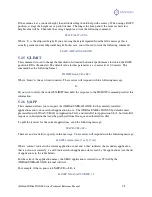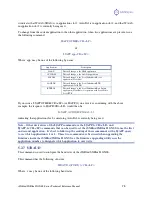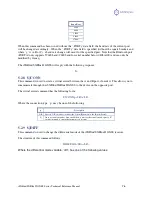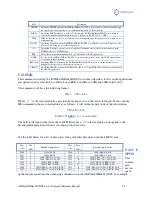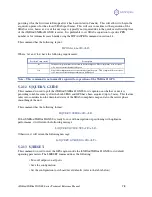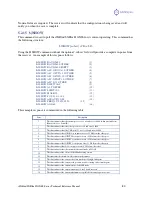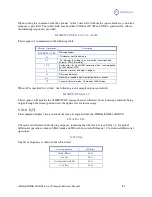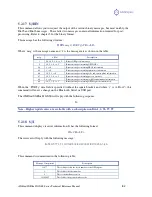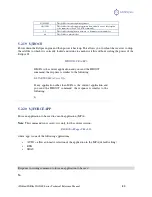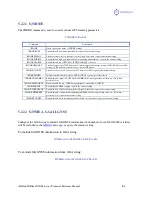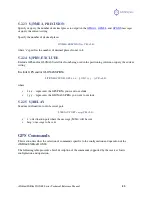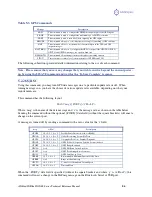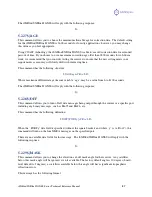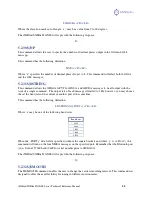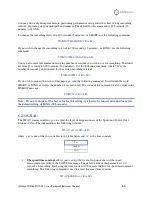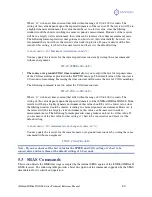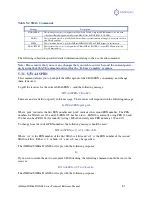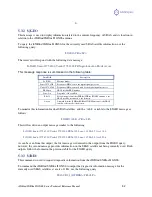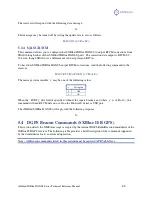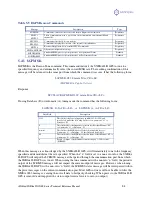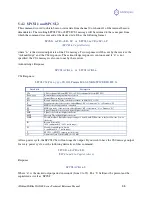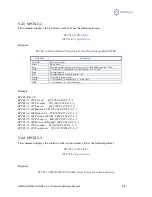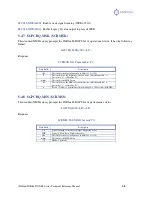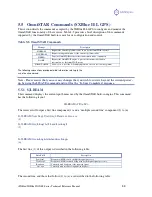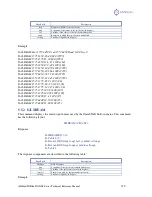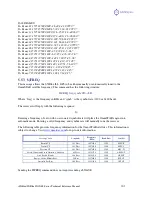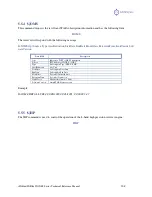
iSXblue/SXBlue II GNSS Series Technical Reference Manual
87
The iSXBlue/SXBlue II GNSS will reply with the following response:
$>
5.2.27
$JAGE
This command allows you to choose the maximum allowable age for correction data. The default setting
for the iSXBlue/SXBlue II GNSS is 3600 seconds for forestry applications; however, you may change
this value as you feel appropriate.
Using COAST technology, the iSXBlue/SXBlue II GNSS is able to use old correction data for extended
periods of time. If you choose to use a maximum correction age older than 1800 seconds for sub-60cm
work, we recommend that you consider testing the receiver to ensure that the new setting meets your
requirements as accuracy will slowly drift with increasing time.
This command has the following structure:
$JAGE,age<CR><LF>
Where maximum differential age timeout variable, ‘age’, may be a value from 6 to 8100 seconds.
The iSXBlue/SXBlue II GNSS will reply with the following response:
$>
5.2.28
$JOFF
This command allows you to turn off all data messages being output through the current or a specific port,
including any binary messages, such as Bin95 and Bin96, etc.
This command has the following definition:
$JOFF[,PORTy]<CR><LF>
When the ‘,PORTy’ data field is specified (without the square brackets and where ‘y’ is A, B or C), this
command will turn on the four NMEA messages on the specified port.
There are no variable data fields for this message. The iSXBlue/SXBlue II GNSS will reply with the
following response:
$>
5.2.29
$JMASK
This command allows you to change the elevation cut-off mask angle for the receiver. Any satellites
below this mask angle will be ignored, even if available. The factory default angle is 10 degrees (board-
level default is 5 degrees), as satellites available below this angle will have significant tropospheric
refraction errors.
This message has the following format:


